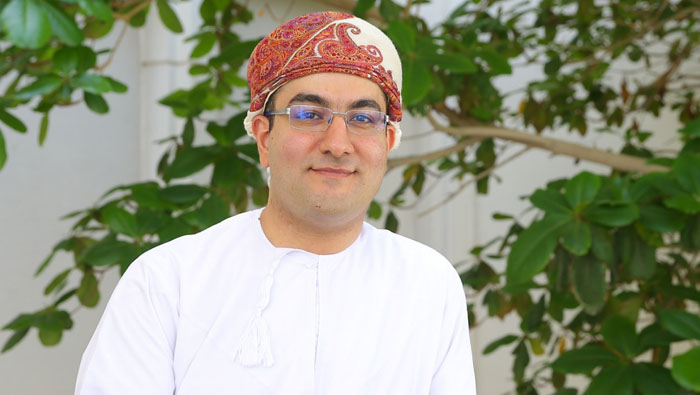
Muscat: Five per cent of COVID-19 cases reported in Oman are children, a senior doctor specialising in child healthcare at Sultan Qaboos University (SQU) has said.
Dr Zaid Al Hinai, a consultant on paediatric infectious diseases at the SQU, asked parents to be more observant of their children after they get exposed to the virus, as they then begin to develop symptoms of a dangerous syndrome called Multi-System Inflammatory Syndrome in Children (MIS-C), which has started appearing in children in some parts of the world, after they’ve tested positive for COVID-19.
However, although a number of children have tested positive for COVID-19 in Oman, there have been no deaths recorded among them so far.
“The estimate we have so far is of approximately five per cent of the infected cases in Oman. Thankfully, the vast majority of them have been mild so far and there have been very few hospitalisations, and no deaths among children in Oman have been recorded," Al Hinai said.
“Actually, this percentage of infection among children in Oman is a little bit higher than what is being reported in other countries and it might have to do with our family structure in Oman which happens to have a larger number of children,” he added.
He said that parents of children who have tested positive for COVID-19 need to be more cautious and be aware of this inflammatory syndrome, which has been making headlines in Europe and North America.
“There is a newly recognised syndrome now called MIS-C, and is being associated with COVID-19,” explained Al Hinai. “Although it is rare, it is severe as children can be kept in the ICU, and it affects multiple systems in their bodies including heart and other organs. Most children will respond to treatment, but some deaths have been reported due to this syndrome, in Europe and North America."
“This is a syndrome that seems to occur after the infection and not during the actual infection,” he went on to say. “It takes about two to four weeks after the child has been exposed to the virus and seems to be a reaction of the child’s immune system that is going above and beyond the normal response, causing this multi-system inflammation."
“Parents need to watch out for signs of this, which includes persistent high fever for three days as well as red eyes, rashes on the skin, swelling of the hands and feet, abdominal pain, diarrhoea, and decreased energy,” Al Hinai said.
“If the parents see a number of these signs, they should get help at their earliest as the child needs to be kept under observation under the care of health experts,” he further added.